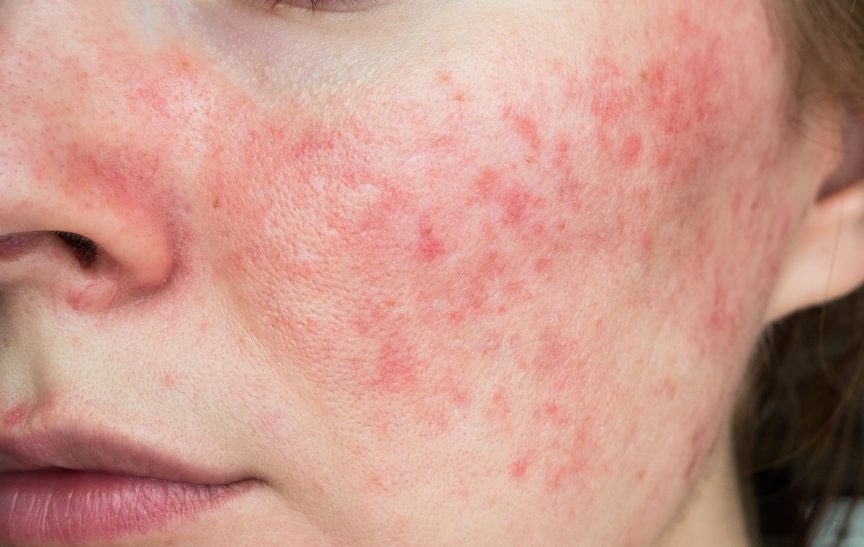Although rosacea is classically considered a skin disorder, recent evidence shows that it is emerging as a systemic vascular disease. The classical symptoms of burning, intense erythema and flushing could be related with several systemic and metabolic comorbidities. We highlight the role of sleep disturbance as a possible trigger for rosacea, which could be explained by the inflammatory and stressful conditions that can be produced by poor sleep. In particular, we call attention to obstructive sleep apnea (OSA), a common multisystemic sleep disorder; it could be linked with rosacea in the context of the metabolic syndrome, which in turn is frequently associated with OSA.
Obstructive sleep apnea may be accompanied by autonomic system activation and catecholamine release, which can aggravate rosacea. Poor sleep, resulting from any underlying cause, can have a range of effects including immunological modulation and intrinsic cutaneous changes (such as the impairment of skin barrier defense and changes in the skin microbiome), that may trigger rosacea. Further studies on this subject could provide more evidence on these relationships, and help to improve the patients’ quality of life and management of this uncomfortable and potentially severe condition.
This article is protected by copyright. All rights reserved.

